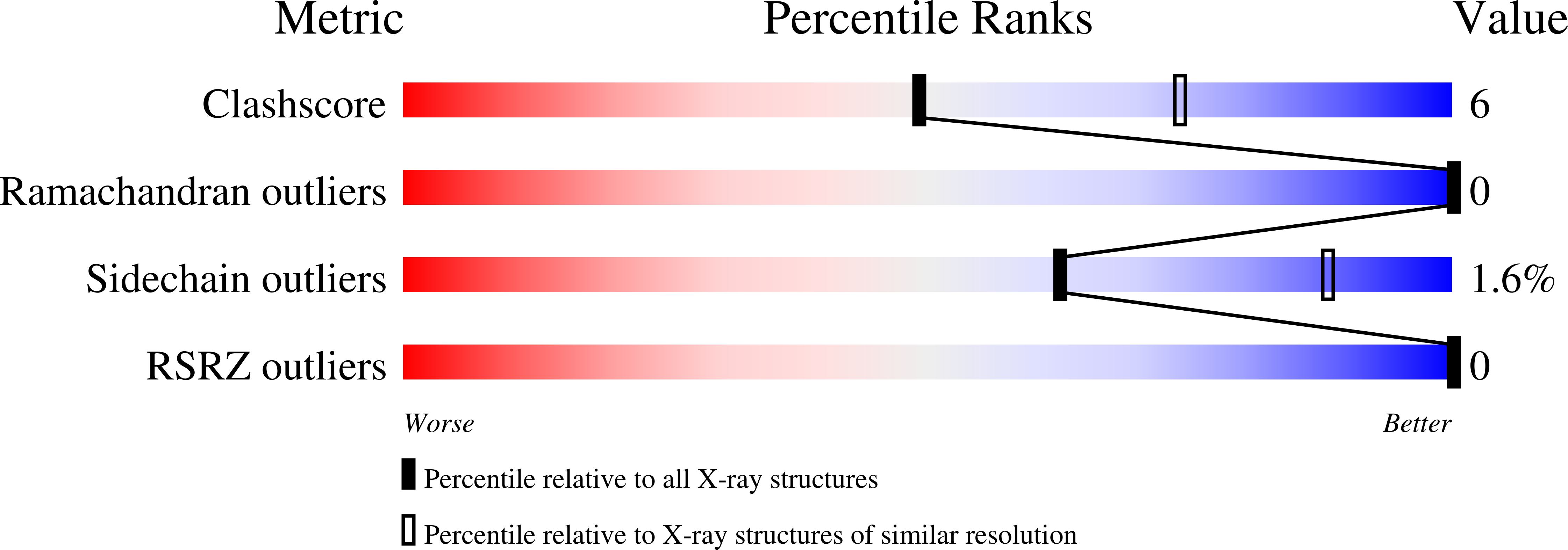
Deposition Date
1995-08-11
Release Date
1995-12-07
Last Version Date
2024-02-07
Method Details:
Experimental Method:
Resolution:
2.80 Å
R-Value Free:
0.22
R-Value Work:
0.17
R-Value Observed:
0.17
Space Group:
P 65 2 2


